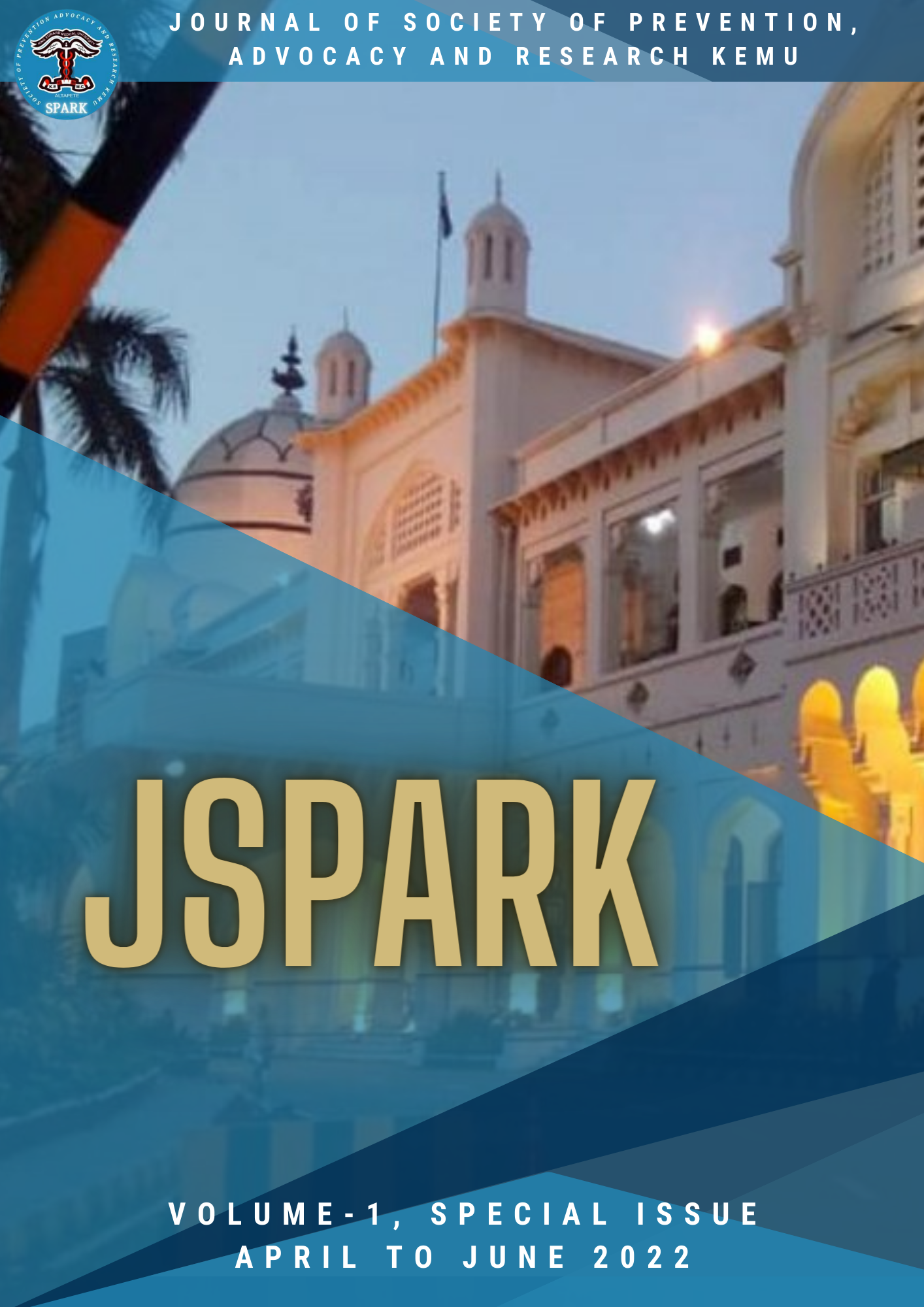Abstract
Objectives: The information available on the role of Entrustable Professional Activities (EPAs) in Undergraduate Medical Education (UME) remains unmeasured. This systematic review was conducted to summarize and synthesize the direction of these EPAs in UME, to identify the gaps in medical literature, and to give suggestions for further work on the matter. Methodology: A search was conducted within 2 databases (PubMed and Google Scholar) and articles containing original work, both qualitative and quantitative, were searched for content about the development, implementation, and assessment of EPAs in UME Results: Of the 324 articles from initial searches, 37 were finalized to be reported in this review. Of these, 11 reported on EPA development, 21 reported on EPA implementation in curricula, and 18 discussed the assessment of EPAs. Most of these reports were published in the US (70%, n=26). The most frequent articles were cohort studies, cross-sectional studies, and program evaluation studies (n=5 each). Core EPAs 1 (n=13), 2, and 6 (n=12 each) were the most frequently discussed EPAs. Developmental strategies varied vastly, with the most frequent one involving drawing out core EPAs and identifying core EPA domains to derive specialty-specific EPAs (n=2). EPA implementation greatly involved the modification of pre-existing curricula (n=7). The most frequent method of EPA implementation involved their use in simulation-based studies (n=4). In the EPA assessment, Ottawa and Chen’s scales were used as frequently as point-based systems (n=4 each). Only a single study was categorically found to comment on the feasibility of these scales. Studies focussed on new program suggestions for EPA assessment (n=7) as well as the introduction of entrustment rating scales (n=4). Conclusion: Positively significant results indicate that EPAs can serve as a very useful tool for the betterment of UME, with the various methods of development, implementation, and assessment proving helpful. However, the great disparity in study designs, the lack of standardized results, the lack of controlled trials, the prevalence of country-specific research articles, and still a lack of work focussed on EPAs at the undergraduate level are a few named factors that put a question mark on the validity of this evidence and, therefore, demand that more research be conducted in various institutes and locations.
